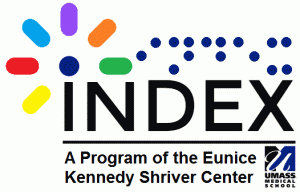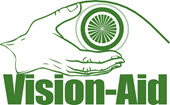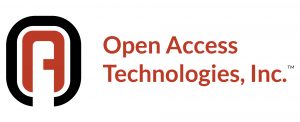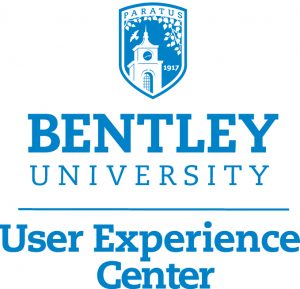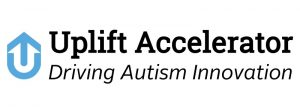Sessions
See 2016 Schedule for a list to slides, blog entries, and notes for different sessions.
This year’s event includes:
- Developing e-Braille Technologies for the Blind & Visually Impaired, Keynote by Brian MacDonald
- Roundtable Discussion: Hackathons, Programming, and People Who Are Blind (Moe Kraft, Cheryl Cumings, John Rochford, Erich Manser)
Come join the discussion on helping kids and adults who are blind learn to code and what can be done to accommodate blind hackers at a hackathon. - Inclusive Design Thinking Workshop (Moe Kraft, Erich Manser)
This workshop will give you an overview of the key accessibility areas to address during the design thinking segment of product design. We will walk attendees through hands-on exercises that build empathy for the end user through the use of personas and empathy maps. - Automated ICT Text Simplification for People with Cognitive Disabilities: Update (John Rochford, Dr. Ping Chen, Fei Wu, Dr. Soussan Djamasbi, Mina Shojaeizadeh, Peter Fay)
Imagine that text displayed by information and communication technologies (ICT), especially the Web, can be automatically simplified enough for people to understand it the first time they read it. This talk is an update on a project to do just that with IBM’s Supercomputer, Watson. - Accessible Documents: What’s the Best Format? (Sarah Bourne)
Somebody tosses you a document and tells you, “Put this on the Internet!” So what’s the best document type to use to be sure it’s accessible? How many different types should you provide? The answer is that “it depends”. Come learn what it depends on! - Designing for Low Vision (Aaron Leventhal)
Low vision audiences are rarely the focus of web accessibility efforts, yet the low vision population is massive. The World Health Organization estimates that 246M people worldwide have low vision, and this population is growing rapidly in developed countries due to demographic trends and rising computer use.This session will focus on the needs and challenges faced by low vision web users. We will delve into the diversity of low vision conditions and talk about common web design practices that can pose specific challenges to this user group. We will provide practical guidance for developing “low vision friendly” websites and applications. - Introduction to Accessibility (Mark Sadecki)
- Accessibility, Digital Publishing, and Web Standards: An Update (Deborah Kaplan)
The Digital Publishing Interest Group in the World Wide Web Consortium aims to recommend solutions for web standards to meet a future vision of Digital Publishing. This is an update on the activities of the Accessibility Task Force of the Digital Public Interest Group. - Accessibility at Vivaldi Browser (Molly Holzschlag)
If you’ve not yet heard of Vivaldi Browser, this session will help you discover what Vivaldi means for browser technology and how it came to be. With a commitment to accessibility from the very first days of the browser’s development, Vivaldi is being built using today’s Web tech: HTML, CSS, Javascript.Because of this Web-to-Web relationship between Vivaldi and the very pages it interprets, the discovery of new ways to bring accessibility features to the browser is ongoing. And not just in terms of standards compliance! Despite it being only months away from its first version release, Vivaldi features user-centric tools in keyboard, gesture, and interface that can be put to use right now by a very diverse group of people.There are even UI choices to ensure the interface is compliant with WCAG color contrast and that zoom for pages is a breeze. But it isn’t really Vivaldi that’s at the heart of this presentation – it is the ideals of the Web as it was envisioned – especially a celebration of equal access to all humanity – that is at the core of what we all as Web developers and accessibility advocates do, and why we do it.

